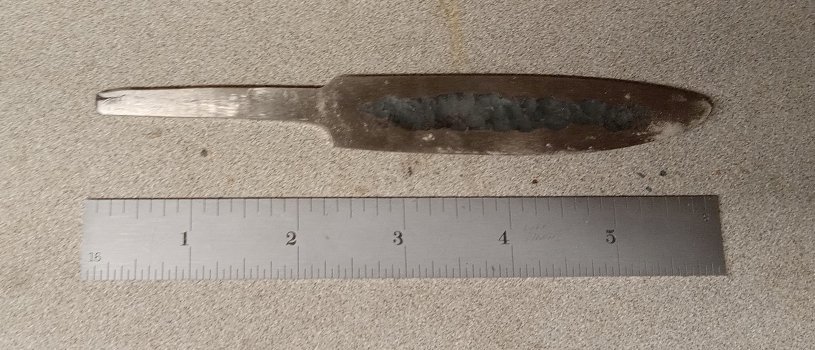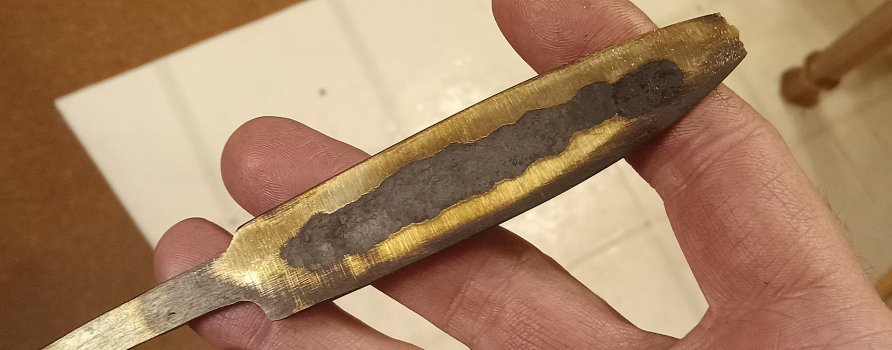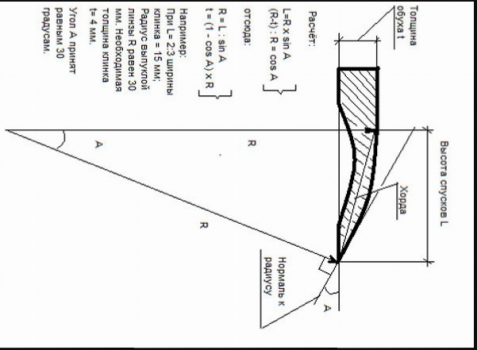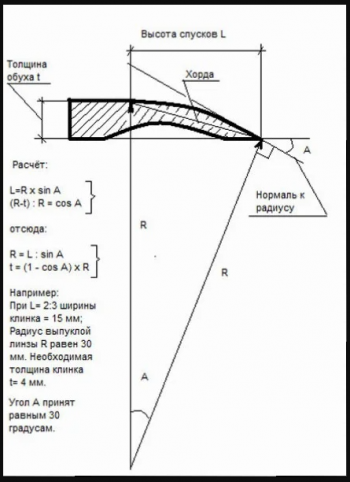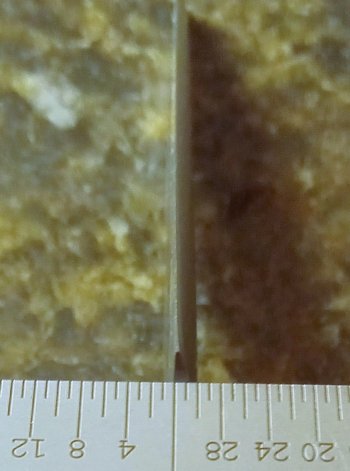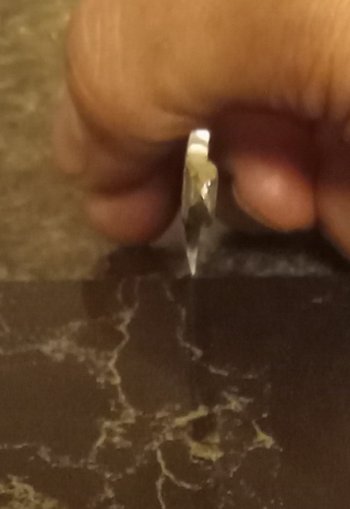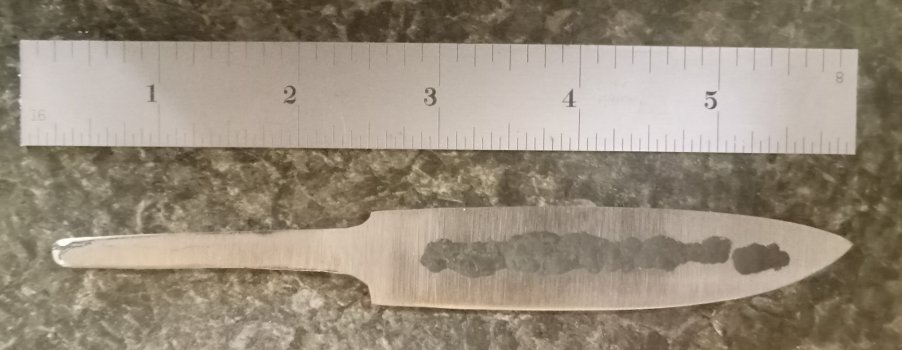I like learning about northern knives and pulling from traditional concepts.
I'm intrigued about the grind on yakut knives so I'm going to make one. I don't know all the different ways, but I'm going for basic cross section. Still need to find out the edge spec. I think it tapers to nothing.
Here's my forging: I used a bearing race.
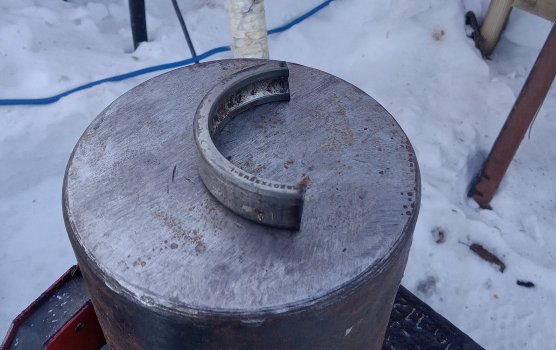
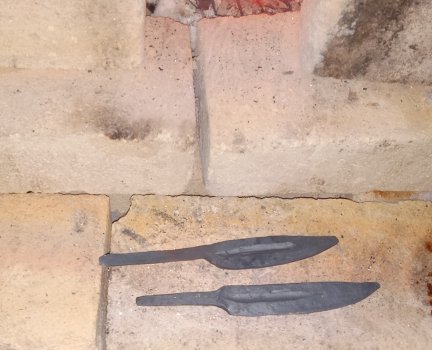
I discarded the top one. The bottom one had to go back into the forge to get more of a fuller.
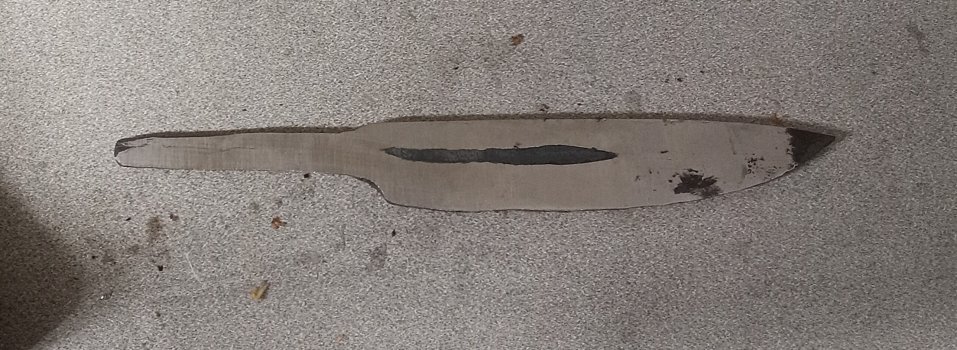
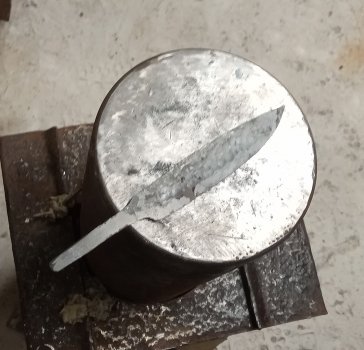
I'm intrigued about the grind on yakut knives so I'm going to make one. I don't know all the different ways, but I'm going for basic cross section. Still need to find out the edge spec. I think it tapers to nothing.
Here's my forging: I used a bearing race.


I discarded the top one. The bottom one had to go back into the forge to get more of a fuller.



